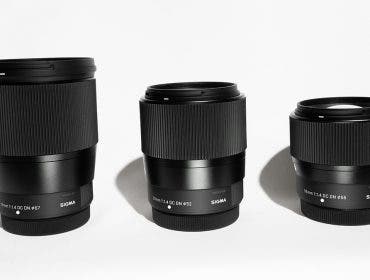Since I started photography — now more than 25 years ago — my passion has always been ambient portraiture and storytelling. Almost all of my photographs are portraits of people, photographed in their environments often surrounded by the objects they love, collect, and use. I almost always write texts to accompany my photographs. These texts are based on interviews I do with my subjects, to get to know them better and discover small details of their lives, habits, passions, and fears. Getting to know people is my passion, and my documentary photography over the years has increasingly been the tool I use to do this.
In this article, I will share some shots from one of my most popular collections, “TOY STORIES.” These are photos of children around the world surrounded by their favorite toy(s). I am also sharing my best advice for shooting your own documentary photography.

Tell a Story
We live at a time in history when millions of photographs are taken every day, in every corner of the planet. Our eyes, and everyone’s eyes, are flooded with images every day. Unfortunately, the majority of the ones we see, we forget.
However, the ones we remember are almost always the ones that tell us a story, that teach us something we didn’t know before. Personally, I always think first about the story I want to tell, and then I go in search of the photographs that will tell that story.

Be Pushed by Curiosity
Don’t be ashamed to connect with people you don’t know. As I have traveled around the world, I have found that a majority of people love to have their pictures taken. Most also love to have someone get curious about them and their story. Photography is a language that can be understood all over the world. We live in an age where anyone takes pictures and shares them. However, many people are fascinated in front of a professional photographer. They love to learn our little secrets as we photograph them.

Get to Know Your Subjects First
Before every portrait, I like to spend time with the person I have to photograph. I like to get to know a little bit of their story — some details of their life and passions. In most cases, the idea for my photographs come to me during a chat with the subject. I could be while eating pizza together or drinking coffee. Sometimes, all it takes is a word spoken to you, a detail of a story told for an idea to become clear in my mind.
I believe it is easier and more effective to photograph someone whose story we know a little about. This is partly because many subjects are more comfortable in front of the camera after they have already opened up a bit in a chat.

Learn to Control Light
Light is crucial to the success of a photo and to setting its mood. Most of my photos look like they are taken with natural light, but they are not! I always (always!) combine the light I find in the environment with my flashes. I then use radio-controlled speedlights to go in and illuminate the shadow areas and details I want to highlight. You can try to hide them behind a door, on top of a piece of furniture, inside a drawer, etc. In short, I hide them anywhere I can add light without it showing directly in the picture.
With these tricks, I can evenly light the whole scene to make all the details visible inside my frame. When they are not hidden in the scene, I use these lights reflected by umbrellas or white panels (behind me). Sometimes, I filter by a grid instead. I do this when I need to highlight a specific detail.
Check out The Ultimate Guide to Off-Camera Flash for more information on different kinds of flash lighting.

Know Your Tools Well
You must know how to perfectly use your camera, lights, and all your equipment. You must know how to choose the lens to use for the situation in front of you. Do a lot of testing at home, or in non-work situations. When you are in front of a subject who is posing for you, you must convey confidence in what you are doing. Your subject must feel that you are not improvising, but know exactly what you are doing. This will help you put your subjects at ease.

Don’t Go Overboard in Post Production
I think the strongest images are always those that report as accurately as possible what you really saw with the naked eye. Don’t distort the colors, or the contrasts. Correct only small things. Let the image remain as close as possible to what you really shot. Personally, when I see images where post production is very evident, I immediately question how truthful that photo is. My attention immediately shifts to the post instead of staying on the subject and the story that that photo tells.
Check out more of my work in AdoramaTV’s new docuseries, THE MASTERS.






